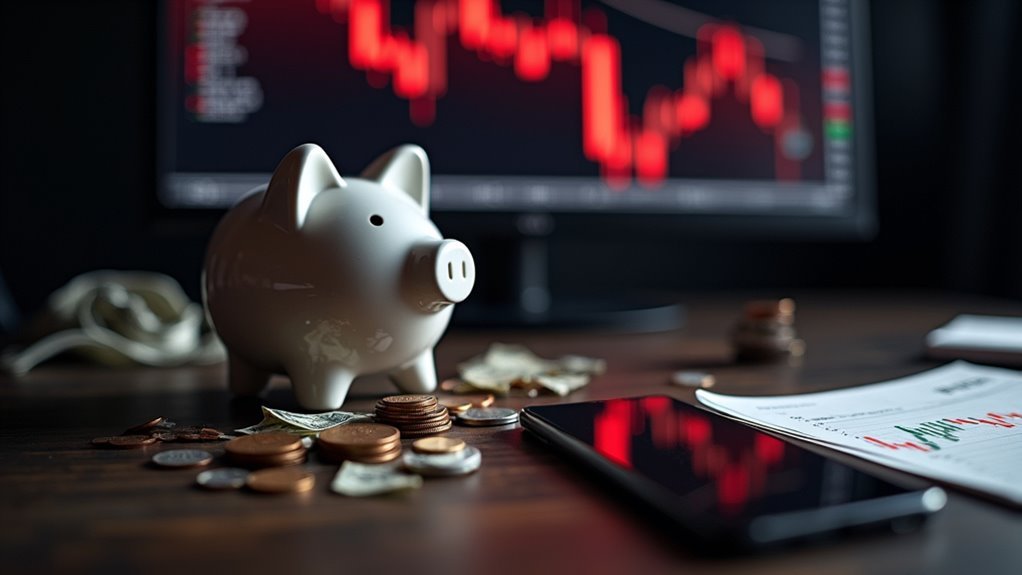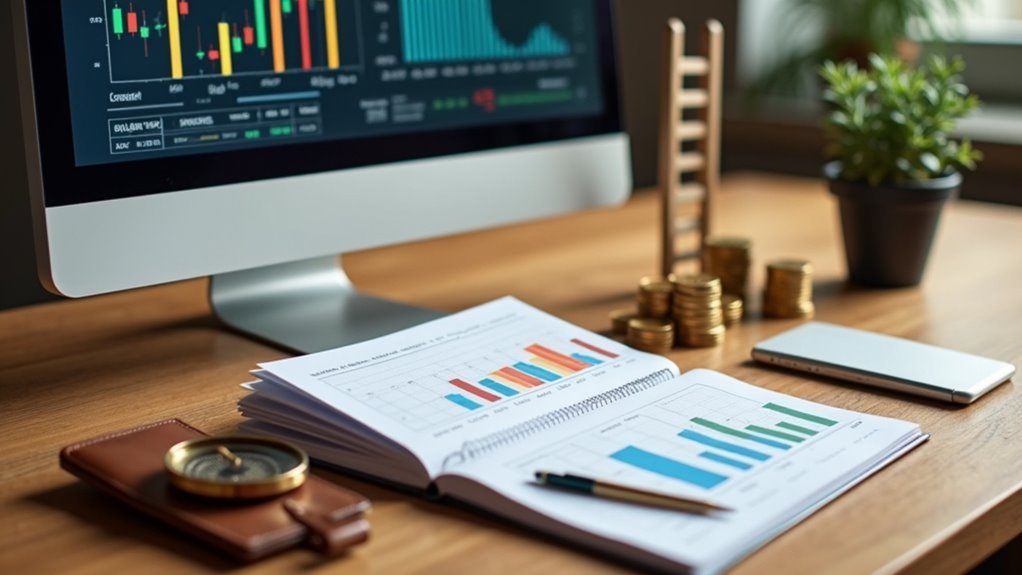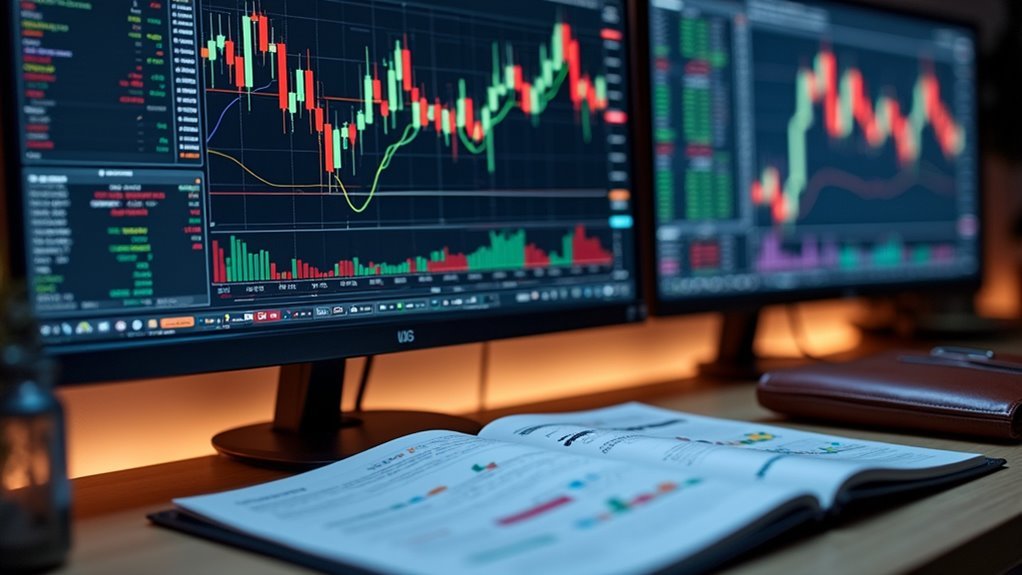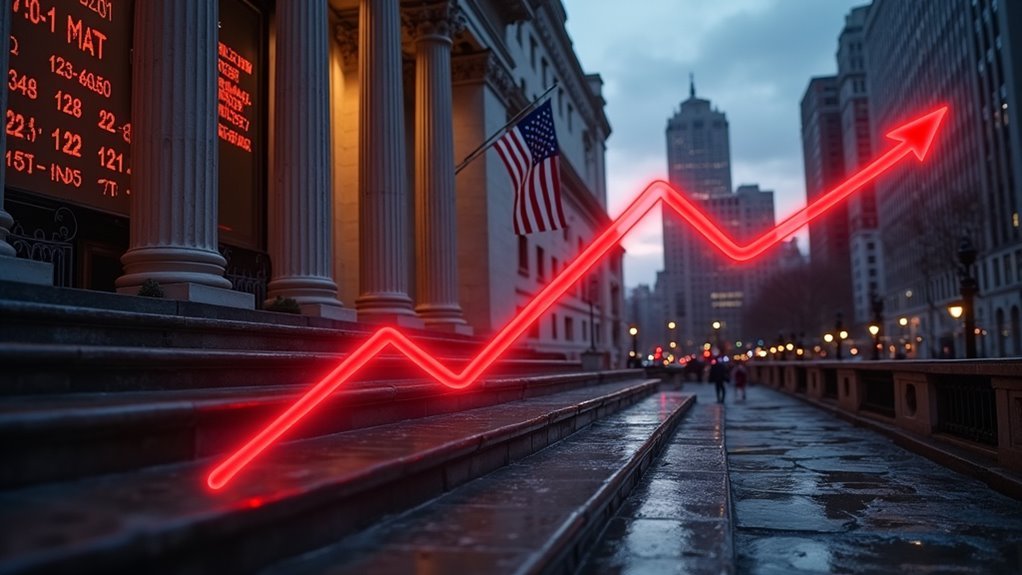Stock screening tools are an investor’s digital sifting system, filtering through thousands of stocks using customizable criteria like P/E ratios and market caps. Free platforms like Finviz and paid services like Stock Rover eliminate manual analysis headaches by automating the search process. While screeners can’t measure intangibles like company culture or CEO trustworthiness, they’re a solid starting point. The real magic happens when investors combine these tools with deeper research methods.
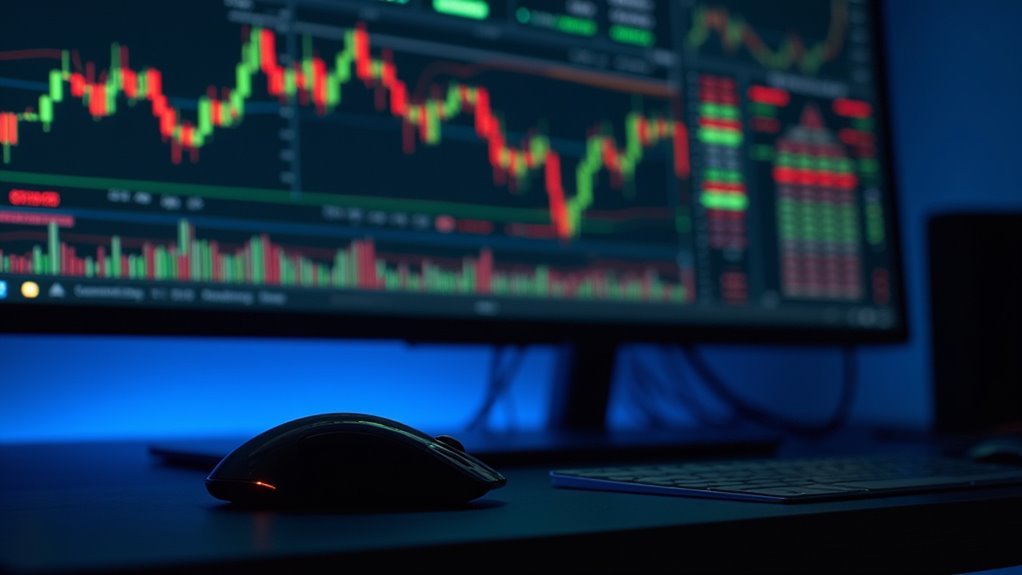
Stock screening tools have become the investor’s secret weapon in a market flooded with thousands of choices. Gone are the days of flipping through endless financial statements or relying on hot tips from your neighbor’s cousin’s stockbroker.
Today’s investors have access to everything from free online platforms like Finviz and Yahoo Finance to sophisticated paid services like Morningstar and Stock Rover. These digital bloodhounds can sniff out stocks based on practically any criteria imaginable. Want companies with market caps over $1 billion and P/E ratios under 15? Done. Looking for dividend aristocrats with solid growth rates? Easy. Many platforms incorporate real-time alerts to notify users when stocks match their specified criteria.
Modern stock screening platforms make finding the perfect investment as simple as checking boxes on your wish list.
Some traders even screen for insider buying patterns or technical indicators that would make a mathematician’s head spin. The real magic happens when investors stack multiple criteria. It’s like building a financial filter that separates the wheat from the chaff. Pre-built screens already exist for popular strategies – value investing à la Benjamin Graham, growth at a reasonable price (GARP), or momentum trading for the thrill-seekers. TradingView offers access to 150 international exchanges for investors seeking global opportunities.
But serious investors often craft their own custom screens, tweaking parameters until they find their sweet spot. Of course, stock screeners aren’t perfect. They’re only as good as their data, which can be outdated or flat-out wrong. They can’t tell you if a CEO is trustworthy or if a company’s culture is toxic. Investors commonly use P/E ratios to determine if a stock is overvalued compared to industry peers.
And good luck finding meaningful data on IPOs – those newcomers might as well be invisible to most screening tools. Smart investors use these tools as a starting point, not a crystal ball. They cross-reference results across multiple platforms and dig deeper into their findings. Some even set up alerts for when stocks meet their criteria, like having their own personal market watchdog.
The key is understanding that screeners are just one tool in the toolbox – albeit a powerful one. They’re great at crunching numbers and spotting patterns, but they can’t replace good old-fashioned research and common sense.
Frequently Asked Questions
What Is the Minimum Investment Needed to Start Using Stock Screening Tools?
Zero dollars. Simple as that.
Many quality stock screeners are completely free through sites like Yahoo Finance and Finviz. While paid options exist – from $10 monthly subscriptions to fancy Bloomberg Terminals at $24k per year – they’re not necessary for basic screening.
Sure, pricier tools offer more bells and whistles, but beginners can effectively screen stocks without spending a dime.
Can Stock Screening Tools Predict Market Crashes or Major Downturns?
Stock screening tools can’t reliably predict market crashes or major downturns. Period.
While these tools analyze historical data and trends, they’re blind to unpredictable events like pandemics or political crises.
Even the best screening tools missed the 2008 crash and COVID-19 market plunge.
They’re great for filtering stocks based on criteria, but predicting crashes? Not their thing.
Market behavior is just too complex and chaotic.
How Often Should I Update My Screening Criteria for Optimal Results?
Update frequency depends on trading style.
Daily monitoring works for short-term traders, while long-term investors can get by with monthly reviews.
Market conditions matter too – volatile periods demand closer attention.
Most pros track performance monthly and compare to benchmarks quarterly.
Data quality checks? Those need regular verification.
No magic formula here.
Different approaches need different schedules.
Simple as that.
Are Paid Stock Screening Services Significantly Better Than Free Ones?
Paid stock screeners definitely pack more punch. They offer deeper data coverage, real-time updates, and fancy features like custom formulas and backtesting.
Free services? Basic stuff, often delayed data.
But here’s the kicker – casual investors can usually get by with free tools. The premium features mainly matter for active traders, institutional investors, or hardcore market analysts who need the extra horsepower.
Do Professional Investors Rely Solely on Stock Screening Tools for Decisions?
Professional investors definitely don’t rely solely on screeners – that would be like trying to pick a spouse using just a dating app filter.
They use screening as one tool in a thorough process.
Real investing involves boots-on-the-ground research: visiting companies, grilling management teams, analyzing mountains of financial data, and tracking industry trends.
Screeners are just the first step in narrowing down thousands of stocks to a manageable shortlist.

